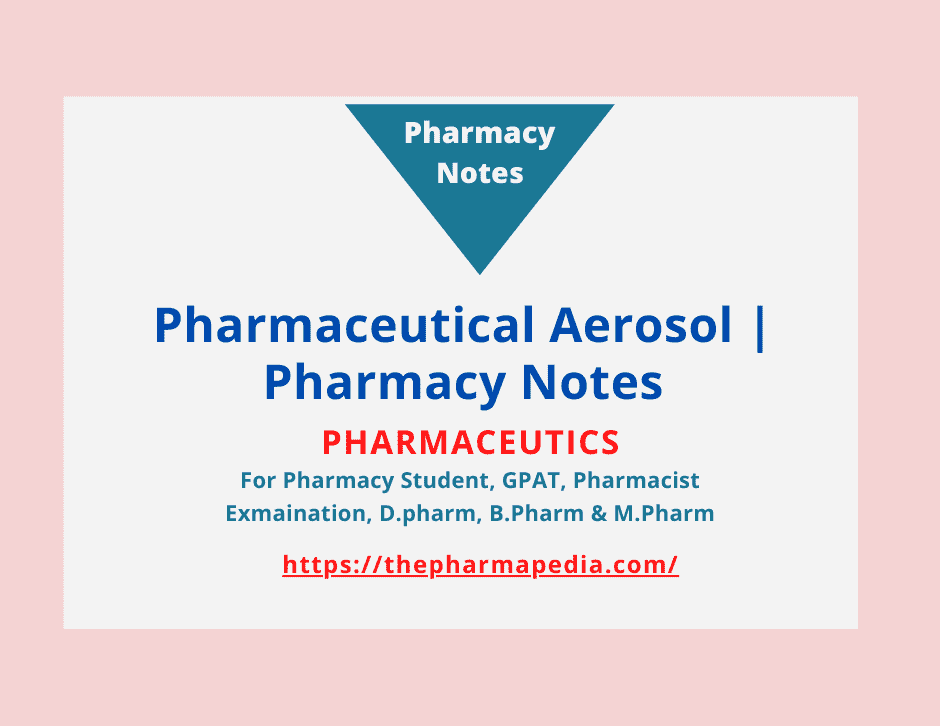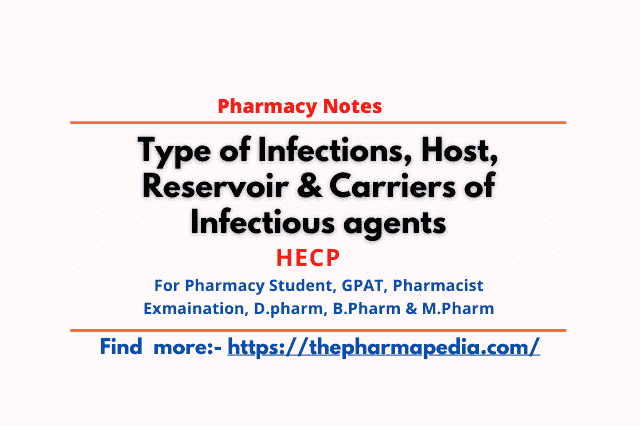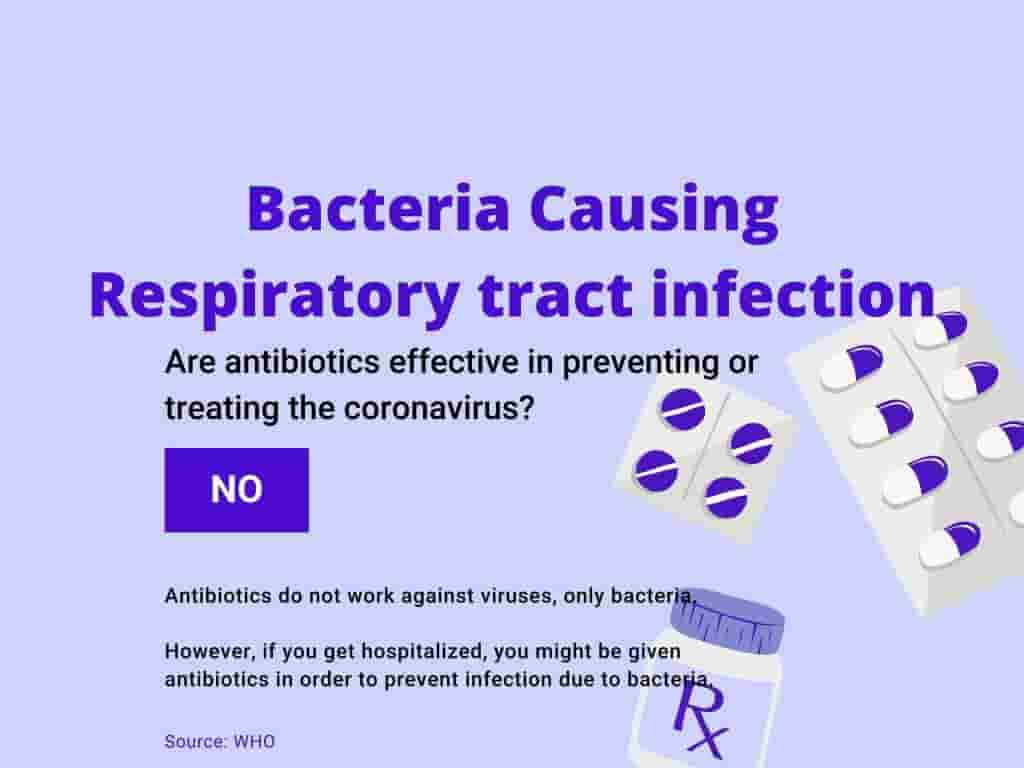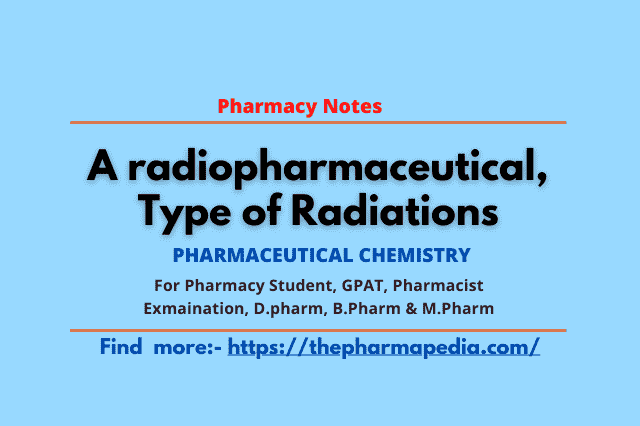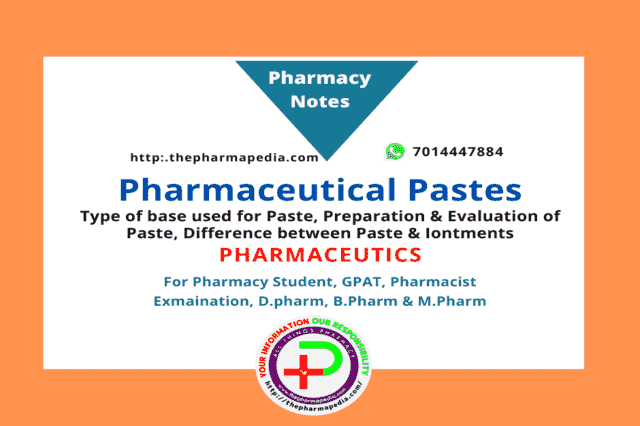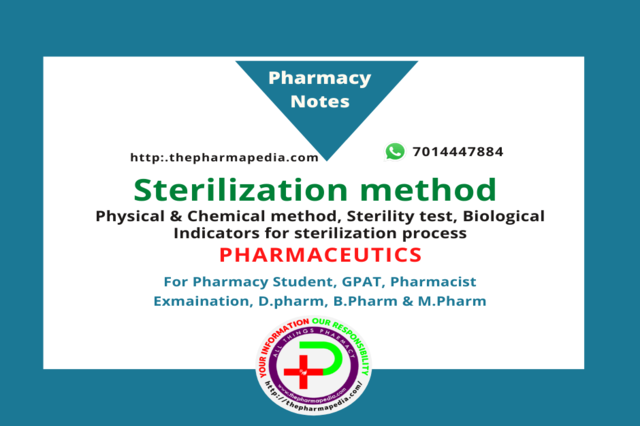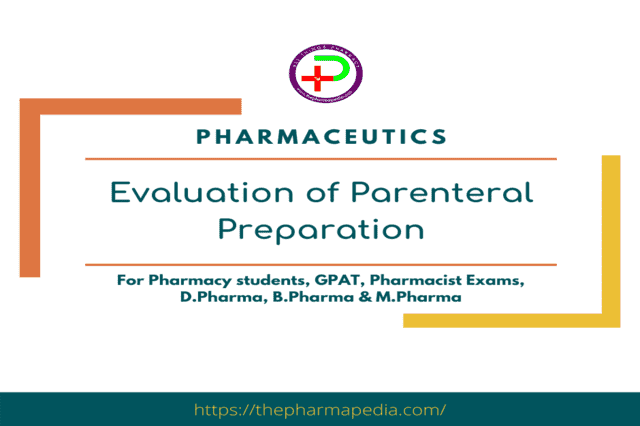Organoleptic agents
Organoleptic agents promote appearance & palatability of the pharmaceutical dosage form & contribute to the acceptance of the pharmaceutical product.
Coloring, flavoring and sweetening agents are grouped together as organoleptic agents.
I. Coloring Agents:
- The colouring agents are used in the dosage forms to improve the attractiveness of the product.
- Coloring agents also useful in distribution & product identification, particularly in poisonous materials.
- Coloring agent imparts color to dosage form.
- Colorant has no direct therapeutic effect but has psychological effect.
There are three sources of color, namely mineral, plant and animal kingdoms.
1) Mineral colors
- Only used for externally applied preparation
- Includes ferric oxides red and yellow, carbon black, lead chromate, Prussian blue.
2). Plants
- Color source from plants includes
- Flavones: Rutin, Riboflavins, hesperidine, Quercetin, beta-carotene- Yellow color
- Saffron & Alizarin-redish yellow
- Others-Alizarin, anthocynin, chlorophyll, carotenoids ect
3). Animal Source
- Tyrian blue (from glands of snails).
- Cochineal, an insect (Coccus cacti)containing a bright red color, carmine acid.
4. Synthetic colors
Categorized into three categories as per FDA (US)
- a. Color permitted for Food, Drugs & Cosmetics (FD&C)
- b. Color permitted for Drugs & Cosmetics (D&C)
- c. Color permitted for externally applied Drugs & Cosmetics (external D&C)
Certified colorants
i) Soluble Dye
- Derived from Petrochemicals
- Exhibit color by transmitted light
- Water soluble dye
- Coal tar colors: Naphthol blue black, brilliant blue, resorcin brown, sunset yellow, tartrazine.
ii) Lake Pigments
- Insoluble in water (so choice for oils, fats & Lipid formulations)
- Prepared by adsoption of metal salt of a dye on a base of Alumina Hydrate
- Only Al. lake permitted for use in FDC
II. Flavoring agents
The Flavouring agents are included to improve the taste of the product either by providing a more pleasant taste or by masking the unpleasant taste i.e (make medicine palatable)
Flavoring Agents: Aroma molecules (produce flavor)+ Carrier
Flavoring agents may be classified aa
- Natural (N)
- Artificial (A)
- Natural & Artificial (N&A)
1. Natural (N)flavoring agents
- Prepared from extraction (distillation, extrusion & solvent extraction)
- Drawback- Natural flavoring agent- unstable
- Example:
- Citrus oils: most stable
- Anise (Pimpinella anisum, Umbelliferae)
- Cardamon (Elettaria cardamomum, Zingiberaceae)
- Wild Cherry (Prunus serotina, Rosaceae)
- Lemon (Citrus limonum, Rutaceae)
- Orange, Bitter (Citrus aurantium, Rutaceae)
- Orange, Sweet (Citrus sinensis, var. aurantium dulcis, Rutaceae)
- Peppermint (Mentha piperita, Labiatae)
2. Artificial Flavours
- Mixtures of synthesized aroma chemicals that may be identical to natural flavours.
- Artificial flavours are usually stable, have greater consistency and decreased impact from raw material changes.
The flavors for pharmaceutical products consisted of volatile oils like anise, clove, fennel, lemon, orange, winter green oils or of their separated fractions such as menthol, thymol, camphor etc.
Flavors are also marketed as spray dried powders or adsorbed powders. The spray dried flavors are produced by emulsification of naturally occurring volatile oils using acacia dextrin.
3. Natural and Artificial Flavours
- Natural and Artificial Flavours system in which Natural flavours are combined with artificial flavours to enhance flavour balance and fullness.
Flavour Enhancers and Potentiators
- These are are most often employed to enhance flavour.
- These includes
- Sugar, carboxylic acids-citric acid, malic acid, and tartaric acid)
- common salt (NaCl)
- amino acids, amino acid derivatives (e.g. mono-sodium glutamate-MSG),
- Spices (e.g. peppers)
- Monoammonium glycyrrhizinate
Mint, chocolate, vanilla and custard will produce alkaline taste.
Lemon, orange, anise, liquorice, raspberry, cherry, strawberry acid taste.
Anise, mint, Fennel, chocolate, cherry bitter taste. Grape, lemon, burgundy metallic taste. Citrus, raspberry, fruity, melon salty taste. Fruity, vanilla, honey sweet taste.
Cherry, raspberry, strawberry, apple, rose color ranges from pink to red.
Chocolate, honey, walnut, caramel brown. Lemon, lime, orange, custard, cherry yellow to orange. Banana, mint green.
Vanilla, mint, spearmint, jasmine, banana white to off white.
Violet, Grape, liquorice, violet to purple. Blueberry, mixed fruit, plum blue color.
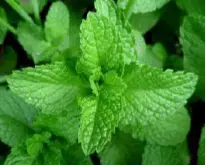
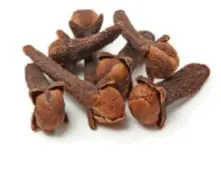
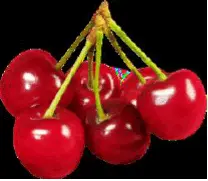
III. Sweetening agents
Taste is again a chemical sense and its appreciation results from the contact between the taste possessing materials and the 9000 taste buds in the oral cavity.
Four primary tastes sweet, bitter, sour, saline are recognized and all the other tastes are considered to be admixtures of one or more fundamental tastes in varying degrees.
Sweeteners are often classied as either caloric or noncaloric. Non-caloric sweetening agents are preferred for diabetic patients, .
| Sweetening Agents | Agents |
|---|---|
| Caloric (contraindicated in Diabetic patients) | Sucrose/table sugar Fructose D-Glucose |
| Non-caloric (Sugar free sweeteners) | Saccharine (500 times sweeter than sucrose; unpleasant aftertaste) Aspartame (200 times sweeter than sucrose; unstable in solution) Acesulfame-K (200 times sweeter than sucrose; Heat stable) Cyclamate/Na. cyclamate (30 times sweeter than sucrose) Sorbitol (polyols) Sucralose (600 times sweeter than sucrose) |
The commonly used sweeteners in the pharmaceutical industry are sucrose (sugar), glucose, fructose, sorbitol, and glycerin.
Mannitol- chewable tablet manufacture-Less hygroscopic, & negative heat of solution.
Sugar-free sweeteners
-Polyols- sorbitol, mannitol, xylitol, and hydrogenated starch hydrolysates
-Saccharin (artificial sweetening agent)
-Sucralose
-Mannitol
Adjustment of taste is considered essential for oral preparations. A survey of the taste preferences of human race, as a whole, indicates that sweet taste is very agreeable to our spices and almost every human being accepts this taste without reservations.
Sugars
- Sugars such as cane sugar, glucose with or without complimentary compounds like sorbitol, glycerin etc. have been used as sweetening agents from the very beginning.
- Sugar coating was an ancient technique and simple syrup has been used as vehicle for many oral preparations. Sugar often comprise of appreciable portions of solid dosage forms such as tablets.
- Cane sugar is stable between pH 4-8 and is generally used along with glycerin or sorbitol which reduces its tendency to get crystallized. Liquid glucose, prepared by partial hydrolysis of starch is also very suitable for sweetening of liquid preparations.
- Chief drawback with all sugars is their liability to microbial growths.
- Sugars such as lactose and maltose, have very limited sweetening power and as such the same are required to be used in large amounts.
- Sucrose, a low molecular weight carbohydrate, has been traditionally used as sweetening agent because of several advantages associated with it: very soluble in water, stable over a pH range of 4 to 8, increases viscosity which impart a product a pleasant texture in the mouth.
- Sucrose: Can not use in diabetic patients
- Polyhydric alcohols: sorbitol, mannitol, and to some extent glycerine have sweetening properties and can be used in preparations for diabetic patients
Artificial sweeteners
Artificial sweeteners are used in very small amounts of these substances can make formulations appreciably sweet. Artificial sweeteners includes
- Saccharin
- Aspartame
- cyclamates
- Acesulphame-K
- Acesulphame
Saccharin
- Saccharin is marketed as saccharin sodium in which the hydrogen in –NH group is replaced by Na and which in the crystalline form also has two molecules of water o crystallization. Sodium saccharine can be easily prepared by dissolving saccharin in equimolecular quantities of aqueous sodium hydroxide solution followed by crystallization. Sodium saccharin is nearly 200 times more soluble in water in comparison to saccharin.
- Saccharin is reputed to be nearly 450-500 times sweeter
- Saccharin does not undergo metabolism and its potential for causing cancer is determining factor for its use(carcinogen due to
- cyclohexylamine formation, possibly by gut ora)
- bitter aftertaste
Aspartame
- 200 times sweeter than sucrose
- Aspartame undergoes metabolism producing phenylalanine and the phenylalanine metabolism is a problem in persons with phenylketonuria
Cyclamate/ Sodium cyclamate
- 30 times as sweet as sugar
- carcinogenic so banned in USA
- no aftertaste
Sucralose
- 600 times sweeter than sucrose
Acesulphame
- approximately 200 times sweeter than sucrose
Monoammonium glycyrrhizinate
- Monoammonium glycyrrhizinate used in liquid oral preparations
Read also…
Join Our WhatsApp Group to receive the latest updates like Pharma Job notifications, study materials, admission alerts, Pharma News, etc
Join Our Telegram Group to receive the latest updates like Pharma Job notifications, study materials, admission alerts, Pharma News, etc
Join Our Telegram Group to Download Free Books & Notes, Previous papers for D.Pharm, B.Pharm, M.Pharm, Drug Inspector & GPAT……….



